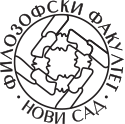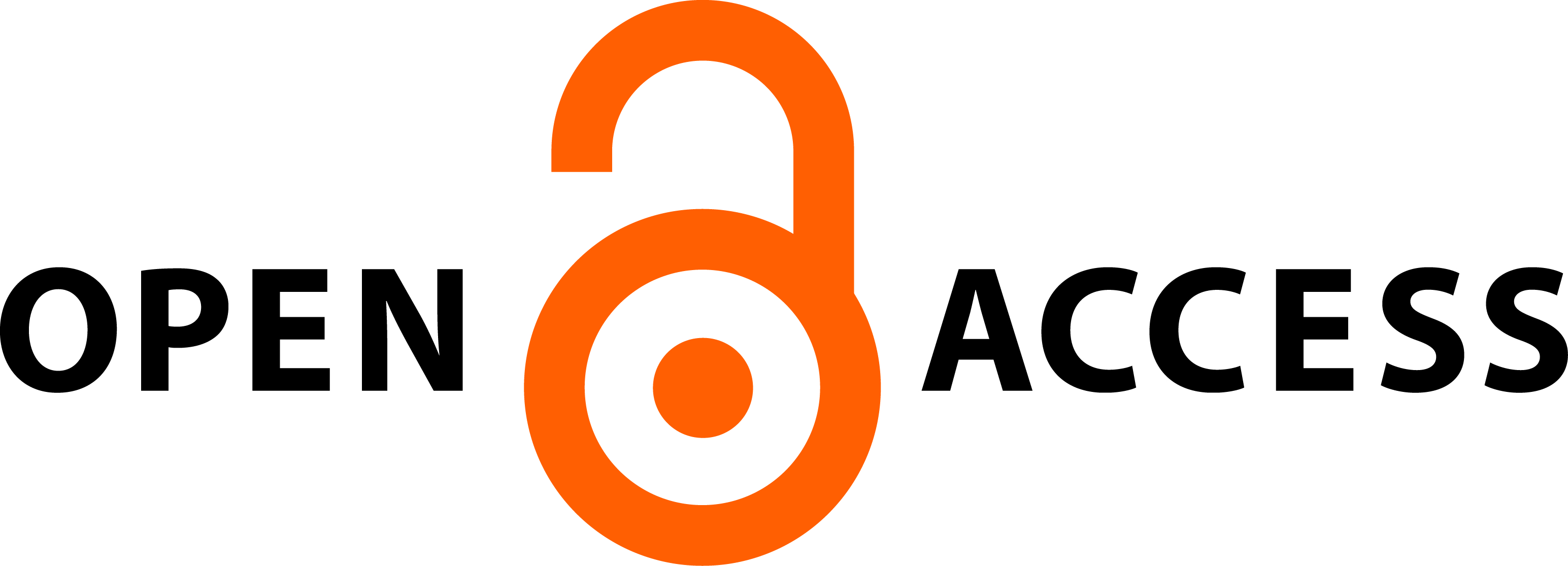NYELVI VÁLTOZÁS, KREATIVITÁS ÉS MEGÉRTÉS
Absztrakt
A tanulmány a mai magyarnyelv-használatban megjelenő nyelvi változást és kreativitást: neologizmusok szemantikai, stilisztikai jellemzőit, valamint a hozzájuk kapcsolódó nyelvhasználói attitűdöket elemzi funkcionális-kognitív keretben. A változatos grammatikai felépítésű szavak – be igekötős igék, szóösszetételek, -l/-z képzővel létrejött igék, elvonással keletkezett igék, főnév→melléknév szófajváltással keletkezett melléknevek – elemzése elsősorban az elmúlt öt évben, legutóbb pedig 2015 őszén felvett kérdőíves felmérések vonatkozó válaszaira épül. A kapott válaszok segítségével következtetni lehet nemcsak a nyelvhasználók jelentéskonstruálási folyamataira és stílustulajdonítására, de lehetővé válik egy-egy neologizmus szemantikai szerkezetének grafikus ábrázolása is a fogalmi integrációs modell (blendingmodell) keretében. A tanulmány végén sor kerül azoknak a tanár foglalkozású adatközlőktől származó, vonatkozó válaszoknak a bemutatására is, amelyeket a megkérdezettek 2015 őszén adtak meg a neologizmusoknak az oktatási folyamatban betöltött szerepével kapcsolatban.
Hivatkozások
Benczes Réka. 2014. Ami rímel, az stimmel: Az alliteráció és a rím szerepe a neologizmusokban. In Nyelv, társadalom, kultúra: interkulturális és multikulturális perspektívák I–II.: a XXIII. Magyar Alkalmazott Nyelvészeti Kongresszus (ELTE BTK Budapest, 2013. március 26–28.) előadásaiból készült tanulmánykötet, szerk. Ladányi Mária–Vladár Zsuzsa–Hrenek Éva. 109–114. Budapest: MANYE, Tinta Könyvkiadó.
Cooper, David L. 1999. Linguistic Attractors. The Cognitive Dynamics of Language Acquisition and Change. Amsterdam/Philadelphia: John Benjamins Publishing Company.
Croft, William 2000. Explaining Language Change. An Evolutionary Approach. Harlow–New York: Longman.
Fauconnier, Gilles 1994. Mental Spaces. Cambridge: MIT Press–Cambridge University Press.
Fauconnier, Gilles–Turner, Mark. 1998a. Conceptual Integration Networks. Cognitive Science 22 (2): 133–187.
Fauconnier, Gilles–Turner, Mark. 1998b. Principles of Conceptual Integration. In Discourse and Cognition, ed. Koenig, Jean-Pierre. 269–283. Stanford, California: CSLI Publications.
Fauconnier, Gilles–Turner, Mark. 2002. The way we think. New York: Basic Books.
Keller, Rudi. 1990. Sprachwandel: von der unsichtbaren Hand in der Sprache. Tübingen: Francke.
Kövecses Zoltán. 2005. A metafora. Gyakorlati bevezetés a kognitív metaforaelméletbe. Budapest: Typotex Kiadó.
Kövecses, Zoltán. 2015. Where Metaphors Come From. Reconsidering Context in Metaphor. Oxford, New York: Oxford University Press.
Kövecses Zoltán–Benczes Réka. 2010. Kognitív nyelvészet. Budapest: Akadémiai Kiadó.
Lackfi János. 2000. Öt seb. Versek. 89. Budapest: Belvárosi Könyvkiadó.
Ladányi Mária. 2007. Produktivitás és analógia a szóképzésben: elvek és esetek. Budapest: Tinta Könyvkiadó.
Lakoff, George–Johnson, Mark. 1980. Metaphors we live by. Chicago and London: The University of Chicago Press.
Lakoff, George. 2006. The contemporary theory of metaphor. In Cognitive Linguistics: Basic Readings, ed. Geeraerts, Dirk. 185–238. Berlin, New York: Mouton de Gruyter.
Lehrer, Adrienne. 2003. Understanding trendy neologisms. Rivista di Linguistica 15 (2): 369–382.
Lengyel Klára. 2000. Az elvonás. In Magyar grammatika, szerk. Keszler Borbála. 340–341. Budapest: Nemzeti Tankönyvkiadó.
Long, D. L.–Graesser, A. C. 1988. Wit and humor in discourse processing. Discourse Processes 11 (1): 35–60.
Minya Károly. 2003. Mai magyar nyelvújítás – szókészletünk módosulása a neologizmusok tükrében a rendszerváltozástól az ezredfordulóig. Budapest: Tinta Könyvkiadó.
Sólyom Réka. 2014a. A mai magyar neologizmusok szemantikája. Nyelvtudományi Értekezések 165. sz. Budapest: Akadémiai Kiadó.
Sólyom, Réka. 2014b. Semantic Features of Hungarian Neologisms With the Prefix Be: Analysis of Some Frequently Used Verbs (e.g., bevállal). AHEA – Hungarian Cultural Studies. E-Journal of the American Hungarian Educators Association 7: 358–373. DOI: 10.5195/ahea.2014.148, http://ahea.pitt.edu/ojs/index.php/ahea/article/view/148/129
Sólyom Réka. 2015. Szaknyelvi nyelvhasználat és kommentelés. Egy internetes szakmai honlap cikkeinek és fórumszövegeinek szemantikai-pragmatikai jellemzői. Jelentés és Nyelvhasználat (2): 45–61.
Sweetser, Eve–Fauconnier, Gilles. 1996. Cognitive Links and Domains: Basic Aspects of Mental Space Theory. In Spaces, worlds, and grammar, eds. Sweetser, Eve–Fauconnier, Gilles eds. 1–28. Chicago: The University of Chicago Press.
Tolcsvai Nagy, Gábor. 2005. A Cognitive Theory of Style. Frankfurt am Main: Peter Lang.
Tolcsvai Nagy Gábor. 2012. A stílus szociokulturális tényezőinek kognitív nyelvészeti megalapozása. In A stílus szociokulturális tényezői. Kognitív stilisztikai tanulmányok, szerk. Tátrai Szilárd–Tolcsvai Nagy Gábor. 19–49. Budapest: Eötvös Loránd Tudományegyetem.
Tolcsvai Nagy Gábor. 2013. Bevezetés a kognitív nyelvészetbe. Budapest: Osiris Kiadó.
Turner, Mark. 2007. Conceptual Integration. In The Oxford Handbook of Cognitive Linguistics,eds. Geeraerts, Dirk−Cuyckens, Herbert. 377−393. Oxford: Oxford University Press.
Varró Dániel. 1999. Téli szonett. In Bögre azúr. Versek. 14. Budapest: Magvető.








